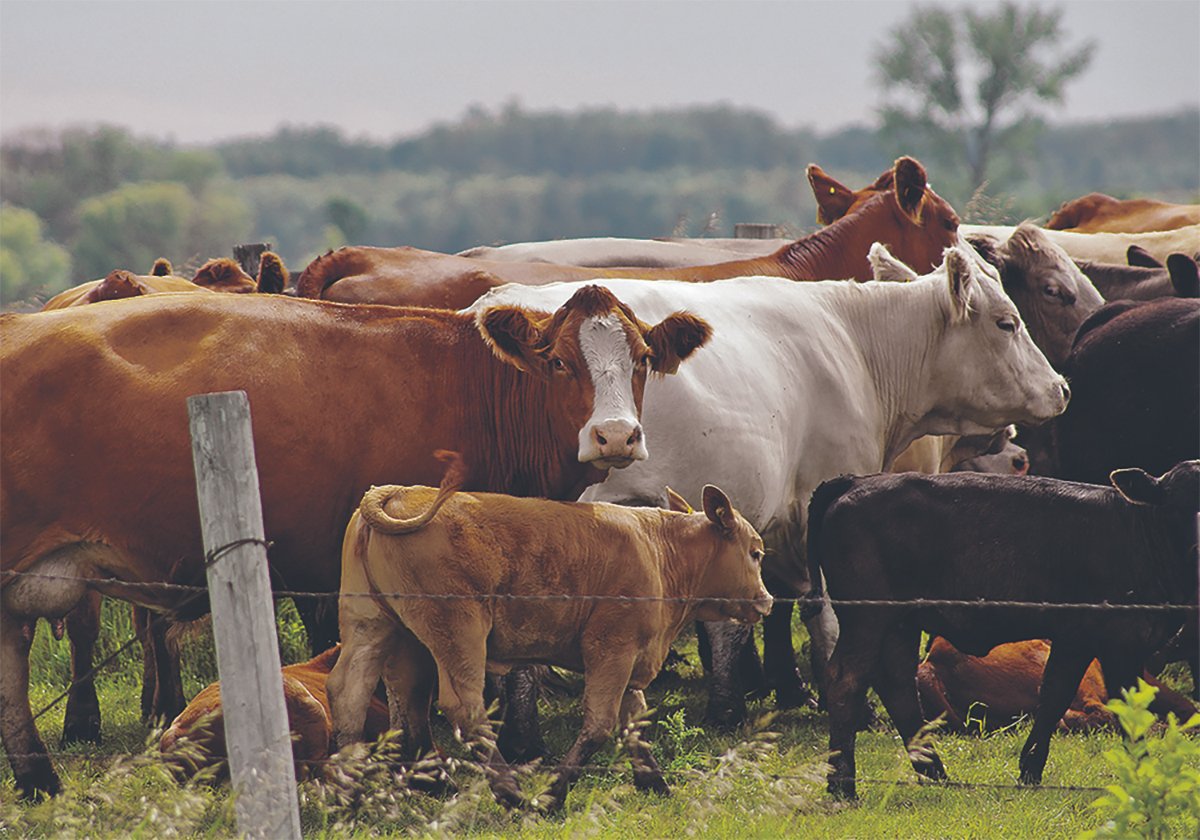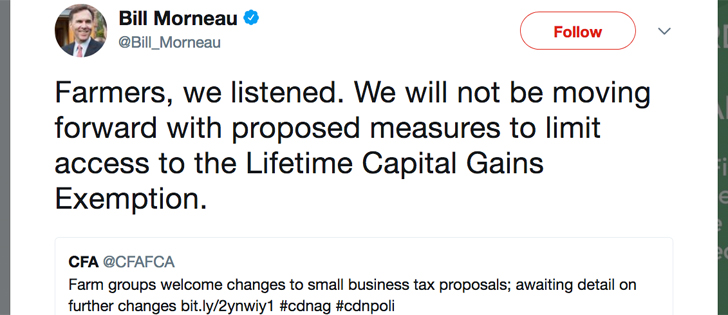Ottawa’s desire to lean on the country’s agriculture industry to spur economic growth is big news for the sector, despite concerns around labour, funding and infrastructure gaps, farm groups say.
“That’s a big target, but I think we’re up to it,” Canadian Federation of Agriculture president Ron Bonnett said post-budget.
He added that because the federal government set out a dollar figure goal instead of increased tonnage or yield, the target could be easier to achieve, thanks to value-added processing.
Ottawa wants Canadian food exports to grow to $75 billion annually by 2025, an increase of nearly $15 billion from current levels. The target was a key piece of the federal government’s 2017 budget.
Read Also

High prices see cow-calf producers rushing to incorporate
Farm accountants are reporting a steady stream of cow-calf producers rushing to get their operations incorporated ahead of selling their calves this fall.
It’s a big jump; one Agriculture Minister Lawrence MacAulay said he thinks is achievable.
“When you look at what’s taking place worldwide, it certainly is,” he said in an interview March 25.
“It’s obvious the government has put great emphasis on agriculture.”
Global demand for protein and a growing middle class in Asia has provided market opportunities that are there for the taking, he added, a message the agriculture industry has been pushing in Ottawa for years.
“I want to make sure that our farmers and ranchers get a portion of that increase,” MacAulay said.
Ottawa isn’t the first government in this country to push the agriculture sector to grow its economic contributions.
As agriculture minister, Ontario Premier Kathleen Wynne challenged the sector in 2013 to double its annual growth and create 120,000 new jobs by 2020.
Four years later, that goal remains an industry target, despite concerns around labour, soaring power costs, a new provincial cap and trade carbon-trading system and the lure of investing south of the border.
If Ottawa is serious about expanding agricultural trade, Conservative agriculture critic David Anderson said the federal government must know when to interfere and when to mind its own business.
“If government will work alongside industry and let industry develop their capacity, typically they can reach that,” he said. “If government thinks they’re going to manage that growth or whatever, often you find that it just doesn’t seem to work very well.
“Hopefully, we see them standing to the side and saying, ‘we’ll assist in the development of these new opportunities and not thinking that we have to manage it through some government department.’ If that happens I’m sure we will never reach those targets,” Anderson said.
MacAulay said federal investment will be needed, which he hopes his cabinet colleagues will be willing to provide now that the sector has been picked as a potential leader for economic growth.
The last federal budget did have some new money for agriculture, including more innovation funding and opening up the program to food processors.
The industry has also been named as one of the sectors eligible for $950 million in “supercluster” money, funding meant for projects that can generate economic growth quickly. Most of that funding ($800 million) was promised last year.
Expanding Canadian food processing is critical to achieving Ottawa’s new export target, Mac-Aulay said.
“I think it’s so important that we not only produce the food but we make sure we do as much processing in this country that we possibly can.”
Still, farm groups warn innovation funding is only one piece of the puzzle. Getting products to market, reliable transportation, ensuring rural communities and businesses have access to reliable internet, securing farm labour, easing succession issues, and bridging the gap between people’s forks and the farm are some of the other policy issues that must be looked into.
Some of those issues are expected to be raised during the ongoing agriculture policy framework negotiations underway between Ottawa and the provinces. Ottawa hasn’t said how much it’s willing to put into the collective pot.














